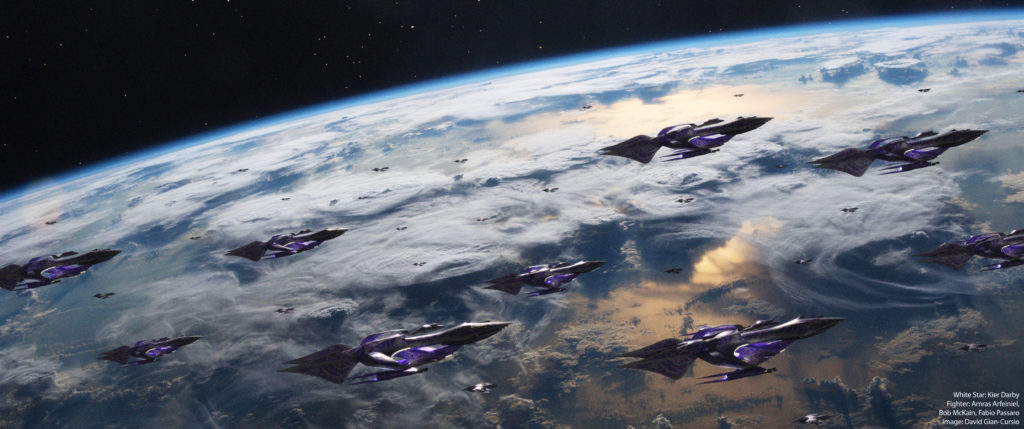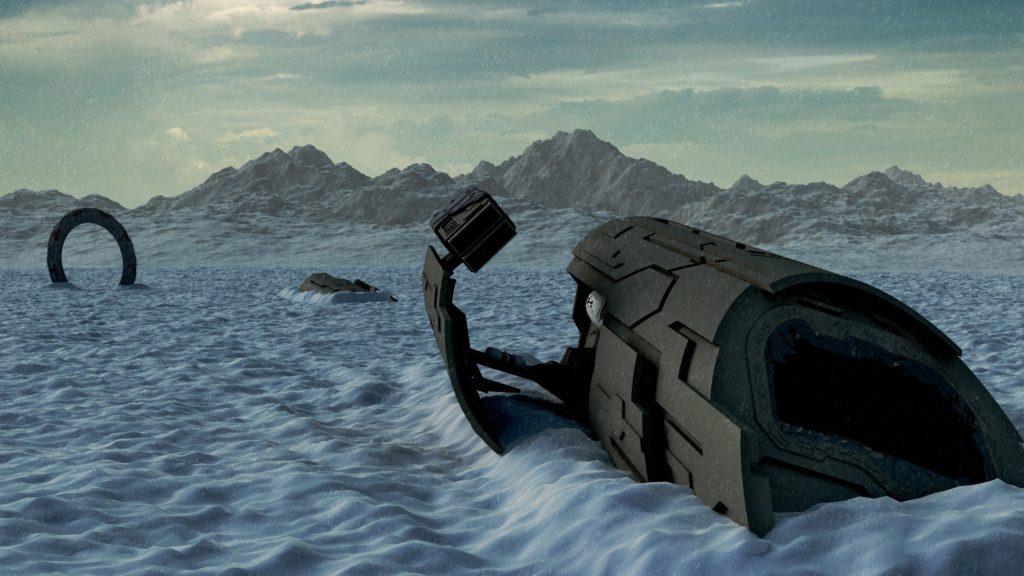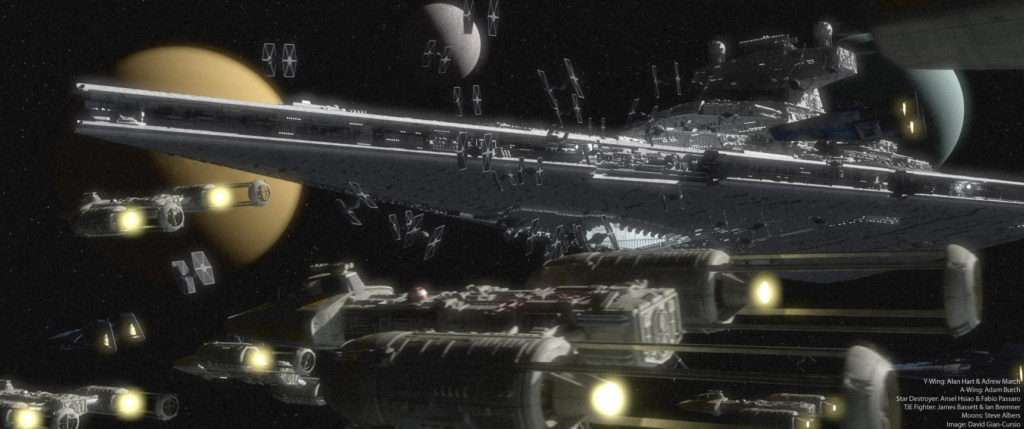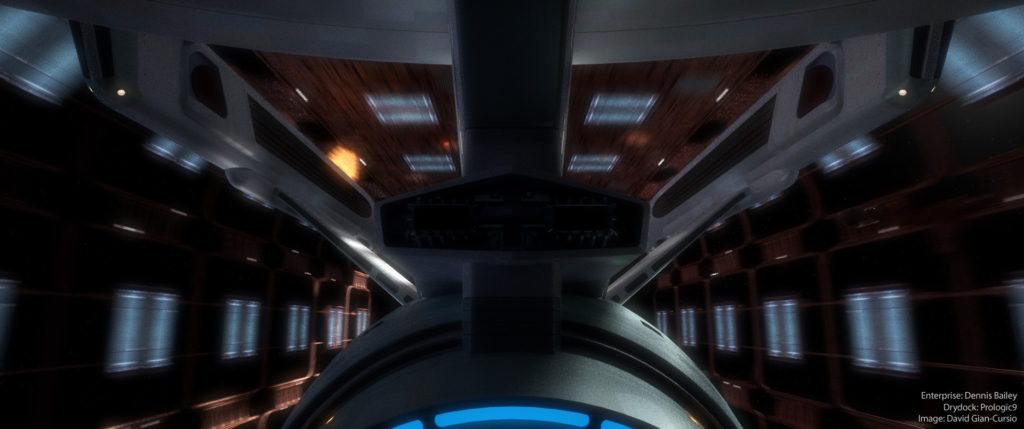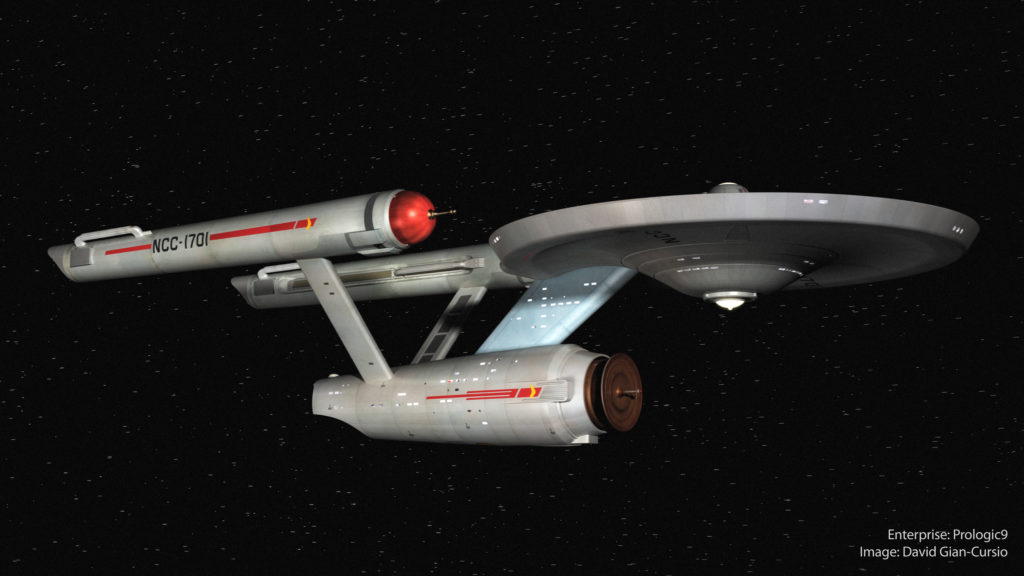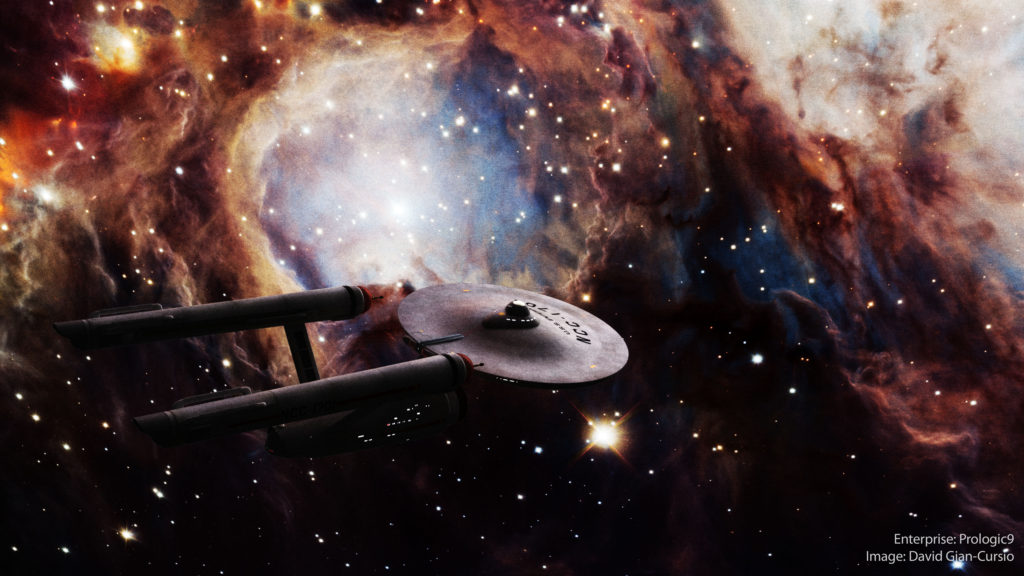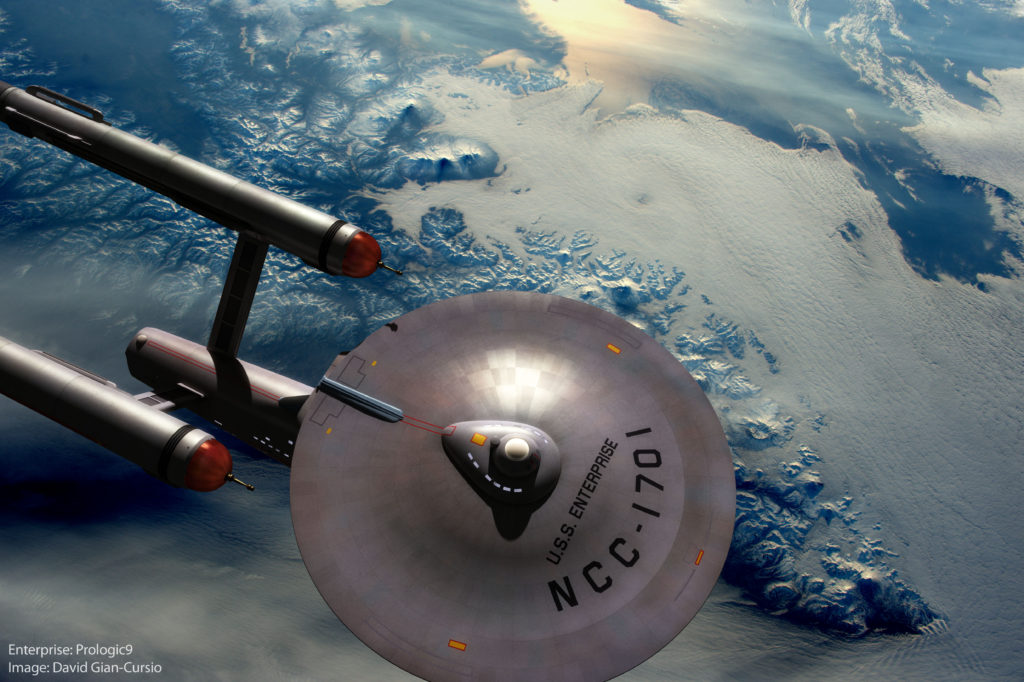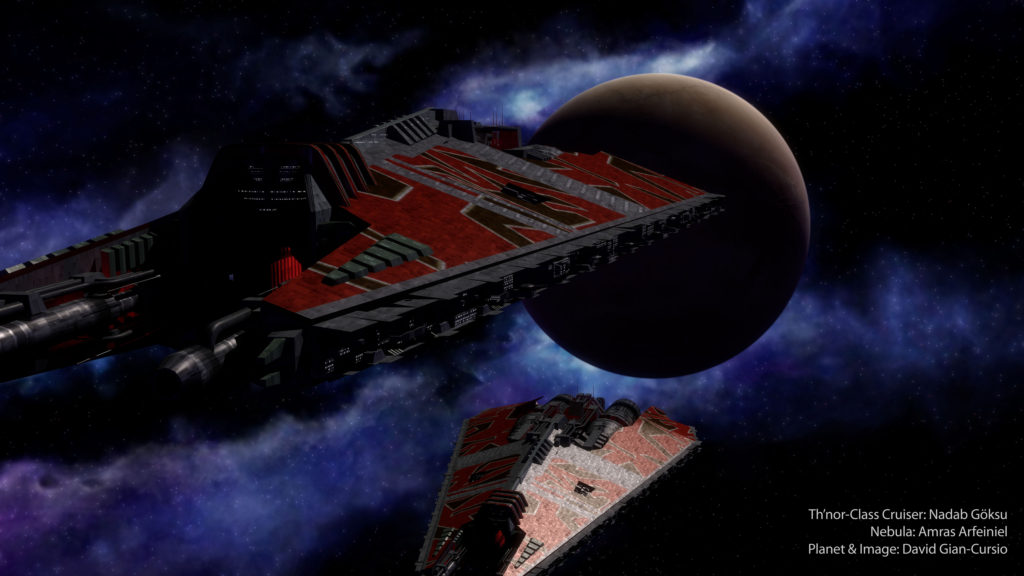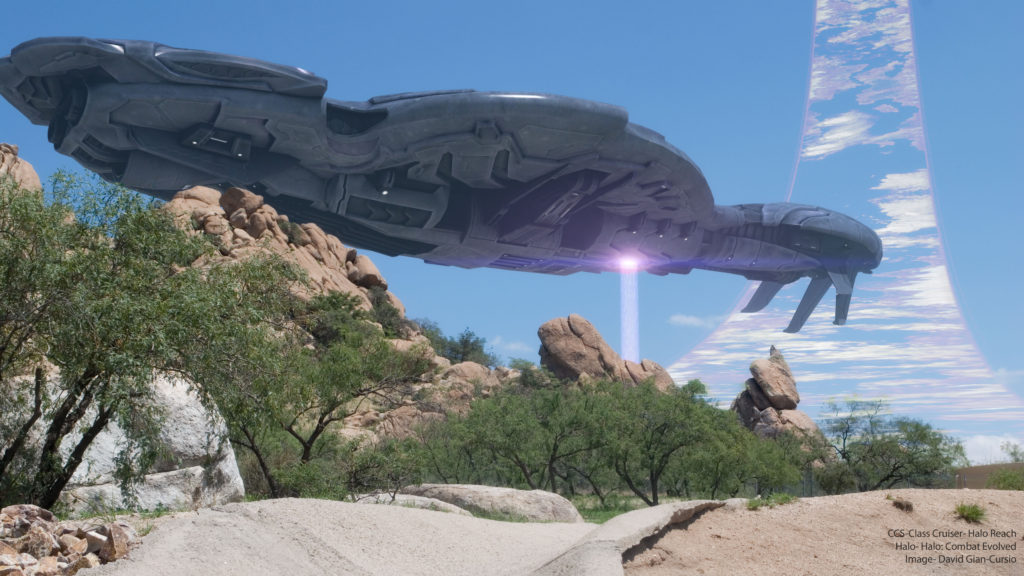For the next 100 days, August 8 to November 16, I am going to produce one 3D rendered scene every day.
There are too many reasons to do this.
That’s the only conclusion I can come to after many false starts to this introduction. Do I talk about the university drawing course that drained my mojo years ago? Maybe the rabbit hole I’ve kept falling into where I build models only to become bored with them once I’ve finished? The embarrassing experiments of the past week that prompted me to decide to re-focus on my fundamentals? The fact that lately all I seem to want to do is massive, ambitious projects I won’t complete without a grant and a support team? Or the time- and commitment-based projects that inspired me on this one?
They’re all important, and they’re all interesting, and maybe I’ll go into all of them as time goes on. The one reason that fits into all of them is that I got into this line of work because I wanted to make cool pictures of spaceships, and it’s been ages since I produced enough images to count on one hand within a year. I want to tap back into why I started doing this, without worrying about any of the incidentals about what makes a good reel or sounds impressive in a job interview. The CG industry has not been kind to me, and I think it’s time I stopped worrying about what the industry thinks. As Douglas Adams wrote, “I’d rather be happy than right any day.”
So, what are the rules? Simple— The picture has to depict a scene of some sort. No area-lit models on soft gray backgrounds. Anything else goes. My hot-rodded Macbook Pro dates back to the last U.S. Presidential Administration, and based on Apple’s current pace of Mac upgrades, may end up outlasting the current one, so in the interests of actually being able to render a picture within 24 hours, I’m not placing a size minimum on this. I could end up with some crazy grainy postage-stamp picture if I aim for something with a lot of expensive effects, with layout screenshots so I can explain what it’s supposed to look like. I’ll try to keep my post-processing either non-destructive or well-documented re-renders at larger sizes are practical later on.
So. Here goes nothing.

